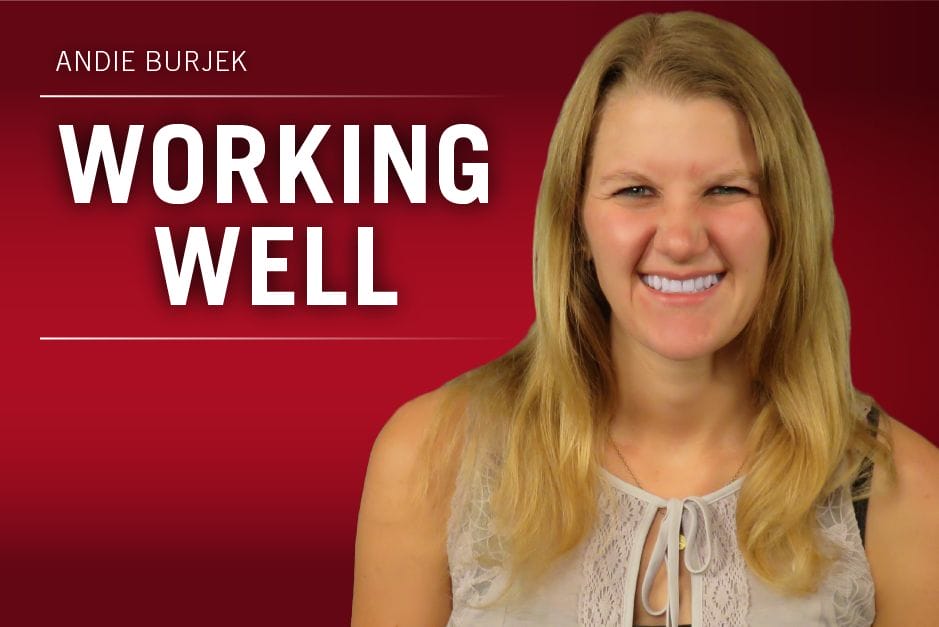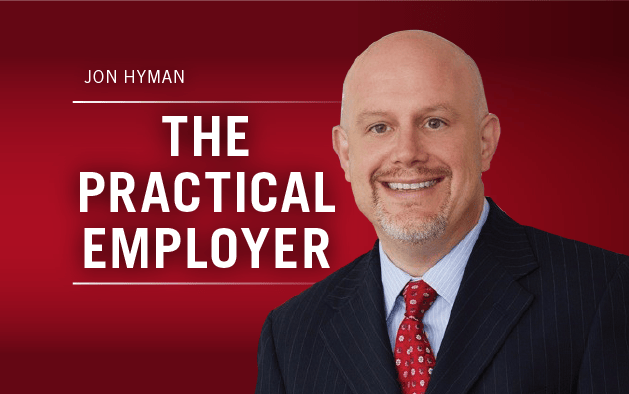The benefits and wellness world is so rich that it’s hard to dig deep into every topic that comes up. That said, here are the stories that struck my interest recently.
Health Risks and Health Benefits of Genetic Tests: The genetic testing space fascinates me for many reasons, especially from an overall ethical standpoint. It’s such a recent area of scientific advancement that I find it curious to read about new innovations and trends and the larger moral questions they bring up.
I’ve written before about employees’ concerns about HR 1313 and how some feared they’d be coerced into taking tests they don’t to, and I’ve written about why employers should take issues like genetic discrimination in life insurance into account when they try to market genetic testing benefits to employees. But a recent New York Times article brought a much more basic angle to mind: genetic testing’s actual impact on public health.
The article highlighted many employers like Levi Strauss & Co., SAP, OpenTable and Salesforce that offer genetic testing as an employee benefit. There are many positive effects that can come out of this, the author acknowledges, but we should also consider some basic scientific facts about genetics before we hail genetic testing too enthusiastically as some flawless health innovation.
Many parties — including employers, the Food and Drug Administration and many genetics companies — are embracing broader consumer use of genetic tests, but groups like physicians, doctors and federal health agencies are uncertain if these tests are ready for public adoption. The reasoning? In a generally healthy population or group of people, there’s no evidence that systematic screening has “a net benefit in terms of health outcomes.”
To reiterate, there can definitely be value to genetic testing for certain people, but I wonder, could the same logic about on-average healthy public populations be said about on-average healthy employee populations? Would broad systematic genetic screening truly have a significant impact on the workplace, in terms of overall health or health care costs?
Work-Life Harmony and American Values: The Washington Post just published what I found to be a fascinating op-ed, “America is Obsessed with the Virtue of Work. What About the Virtue of Rest?” Given all the talk about work-life balance or work-life boundaries, many of the ideas in this piece were especially relevant.
Pro-work policies and rhetoric are common on both the left and right, the author writes, but meanwhile there are few pro-rest policies. For example, paid parental leave is lacking for most employees; more than half of workers leave vacation days unused either because they can’t afford to take time off or because they don’t want to look bad to their employers; and retirement isn’t a certainty for many older individuals.

The article also argues that although there is dignity and value in work, the majority of one’s life should not be made up of work. For example, the labor movement of the late 1800s championed the eight-hour workday so that workers could have time to get the proper amount of sleep and to pursue their own interests.
None of this is to say that people should be lazy or that work isn’t important. But in a time when burnout, balance and holistic well-being are common corporate talking points, it’s worth pointing out that people do deserve to have time to take care of themselves.
An excerpt from the article: “… Trump isn’t wrong, after all, in identifying work as a cardinal American virtue — and infractions against virtue are the stuff of vice. But in terms of our wider cultural context, it doesn’t appear to me that a lack of respect for work is the No. 1 threat to American dignity. If we undervalue anything to the detriment of dignity, it is the virtue of rest.”
Geography and HDHPs: The prevalence of employers offering high-deductible health plans varies by geography, reported news site HealthPayerIntelligence.com. The site was referring to findings from the BenefitFocus report State of Employee Benefits 2018 — Regional Edition.
I found this report valuable because with so much media attention given to diversity now and how different benefits might appeal to different people depending on age, gender, etc., rarely do I see geography as part of the definition of diversity. But, obviously, people who live in different regions will have different problems or issues that require different solutions, and health care plans are no exception.
An excerpt from the article: “Regional insights may help employers identify the gaps in value of their health plans. Employers could capitalize on these gaps by redesigning health plan offerings, financial contributions and additional benefits to fill these gaps in value.”
Final Read: Last week I wrote about the impact of art on employee stress. So this week I was happy to see the Chicago Tribune publish something about the impact of art on loneliness.
The loneliness epidemic is a talking point in the wellness community (Workforce writer Rita Pyrillis, explored this topic more deeply in the latest issue of the magazine), and although the Tribune article focuses on student mental health and loneliness, the same ideas apply to the workplace. For example, the article mentions that there is a biweekly support group for students with disabilities and their allies. That’s the college version of an employee resource group!
Andie Burjek is a Workforce associate editor. Comment below or email editors@workforce.com.










